Last spring I visited a local tulip farm. If you’ve never been, picture a field full of red. Next to a field of yellow, next to a field of pink. On and on, acres and acres of color. It looks like some crazy/enthusiastic artist got hold of a GIANT box of crayons.

So I got inspired. That summer I ordered tulip bulbs for my gardens. LOTS of tulip bulbs. When the package came in the fall, I had 300 bulbs to plant. The neighbors, watching you dig hole after hole, say, “That looks like a lot of work.”
The thing about planting bulbs is that they come looking like deformed onions.

Then you stick them in the ground and suddenly your garden… looks just like it did before you started. NO progress.
Or so it seems.
Winter comes, and still no progress.
Then, along about February or March, there is finally a sign that something is happening. Some tiny, fragile-looking green shoots peek out, often when the weather dial is still definitely set at “Winter.”

But then the weather softens, and suddenly those tiny shoots start looking promising. Spring comes, and all your hard work and waiting pay off. You have tulips. Now the neighbors slow down as they walk past your house. “Beautiful,” they tell you.

I think writing works a lot like planting tulips. We get inspired by a wonderful flash of creativity. We dig into a brand-new, huge project with dreams of how beautiful it’s going to be. We start to find the words and get a solid beginning going.
And then… frustration. The project hits a wall, and suddenly the first frost comes and kills any progress. So we wait. And wait.
And nothing happens.
The thing is, things ARE happening. But they are happening beneath the surface. Like tulip bulbs need cold before they can bloom, ideas need time to mature. Anastasia Suen, in her book Picture Writing (Writer’s Digest Books, 2003), talks about the brain’s two hemispheres. The left brain is the logical, step-by-step half that uses language. The right brain is the random, imaginative half that works with images or pictures. Both halves are working together to grow this project, but they have different jobs. So while our left half cannot find the words we need, the right half is working on a subterranean level, mulling over what the next step should be.
Then suddenly- FLASH! Inspiration hits, and we become unstuck. The seemingly dead project begins to send out shoots of hope. Spring has come, and the left half now has the words we need for our story to grow and flourish.
I’m currently working on several stories. Some are coming along, but some still need…something… for them to work. I’m looking at my trusted critiquers’ notes: “Needs a more satisfying ending.” “Something punchy and funny.” “Make it more character-rich.” “More story-driven.” When I sit down with my manuscript, though, I’m met with a frosty nothingness. How do I make all those things happen? So I shut down my computer. But my brain, I know, isn’t shutting down. Even though my verbal left brain is currently mute, my right brain will continue to work on these stories subconsciously. I don’t know exactly WHEN spring will arrive for them, but if I keep coming back to them, I hope to have that FLASH when suddenly the words are there, and I can look at my completed project and say, “Beautiful.”

Rebecca Van Slyke has an MFA in Writing for Children and Young Adults from Vermont College of Fine Arts. She writes picture books, easy readers, nonfiction, and poetry. She’s currently working on something she swore she would never attempt: a middle-grade novel. She also has illustrated five art books for children. Her picture books LEXIE, THE WORD WRANGLER, MOM SCHOOL, and DAD SCHOOL are due to be published in 2015 and 2016. Rebecca is a second-grade teacher in Lynden, where she lives with her husband, daughter, and a very spoiled dachshund. She wants to be a cowgirl when she grows up. Or a penguin tamer.


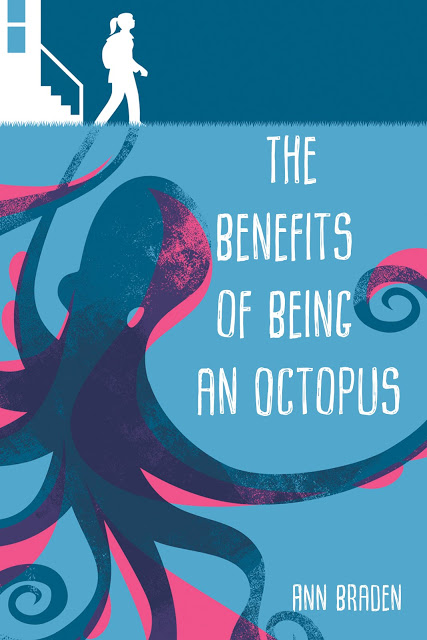
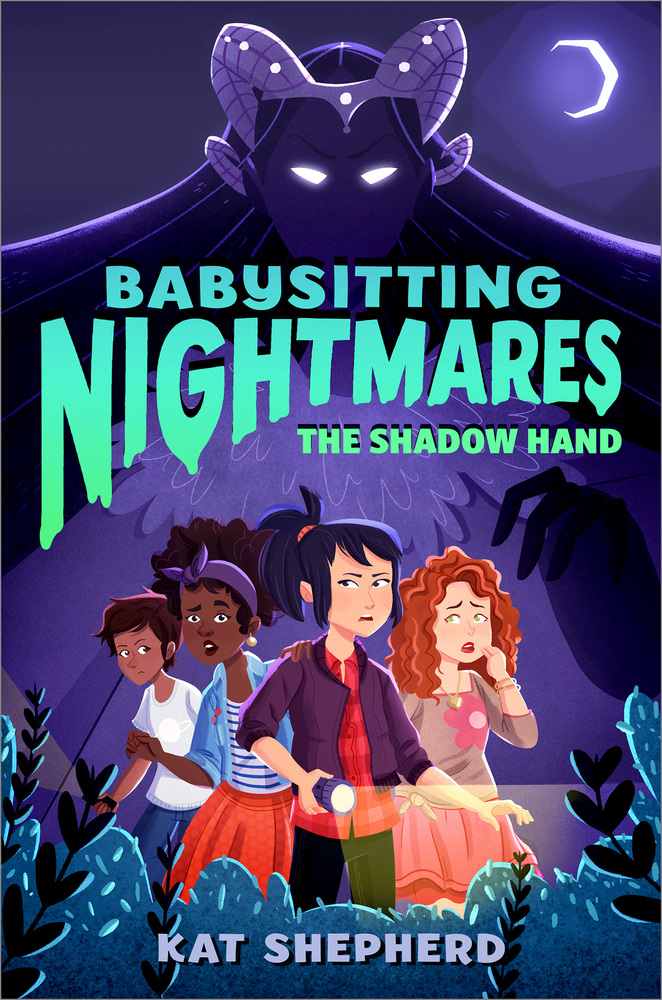
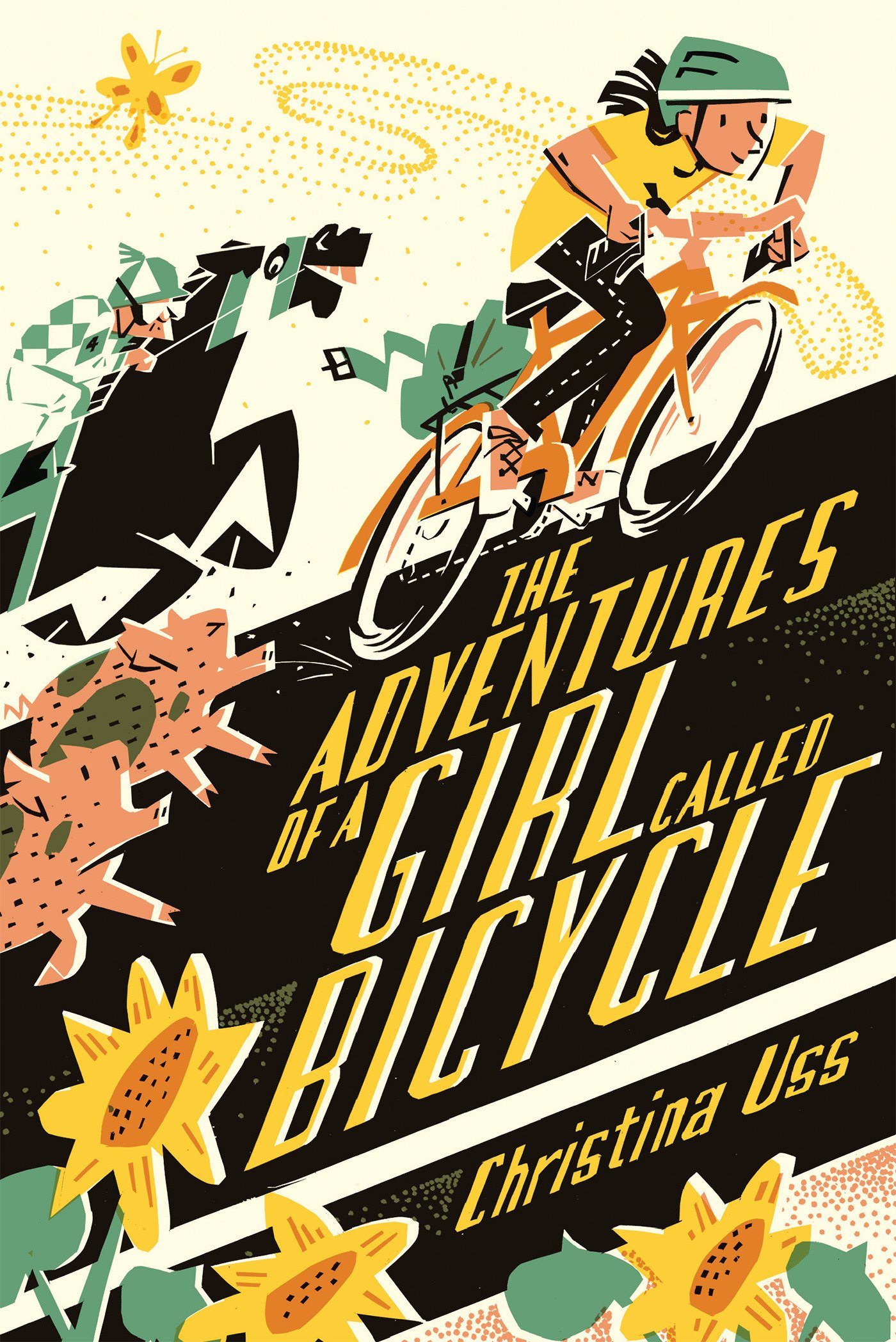








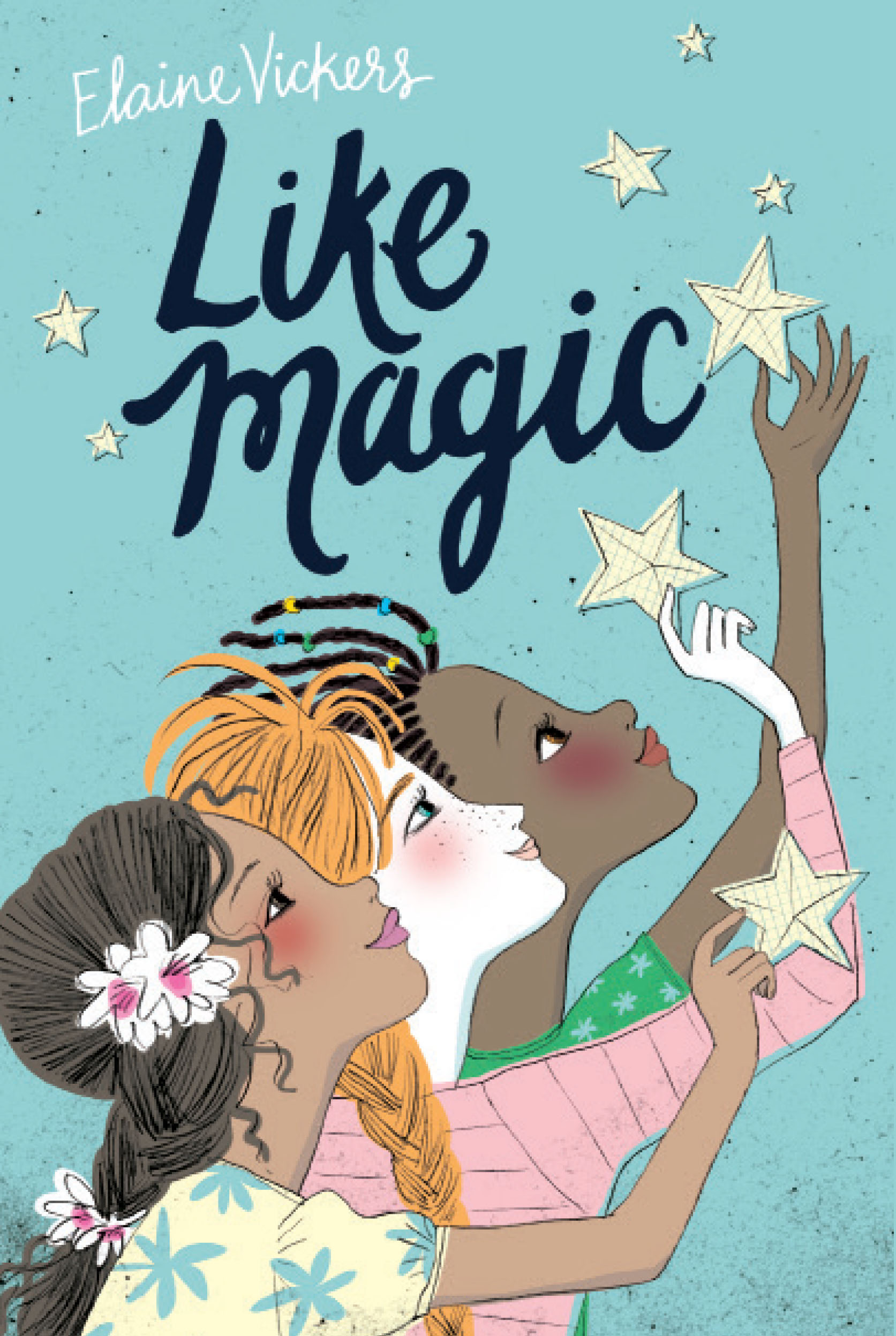
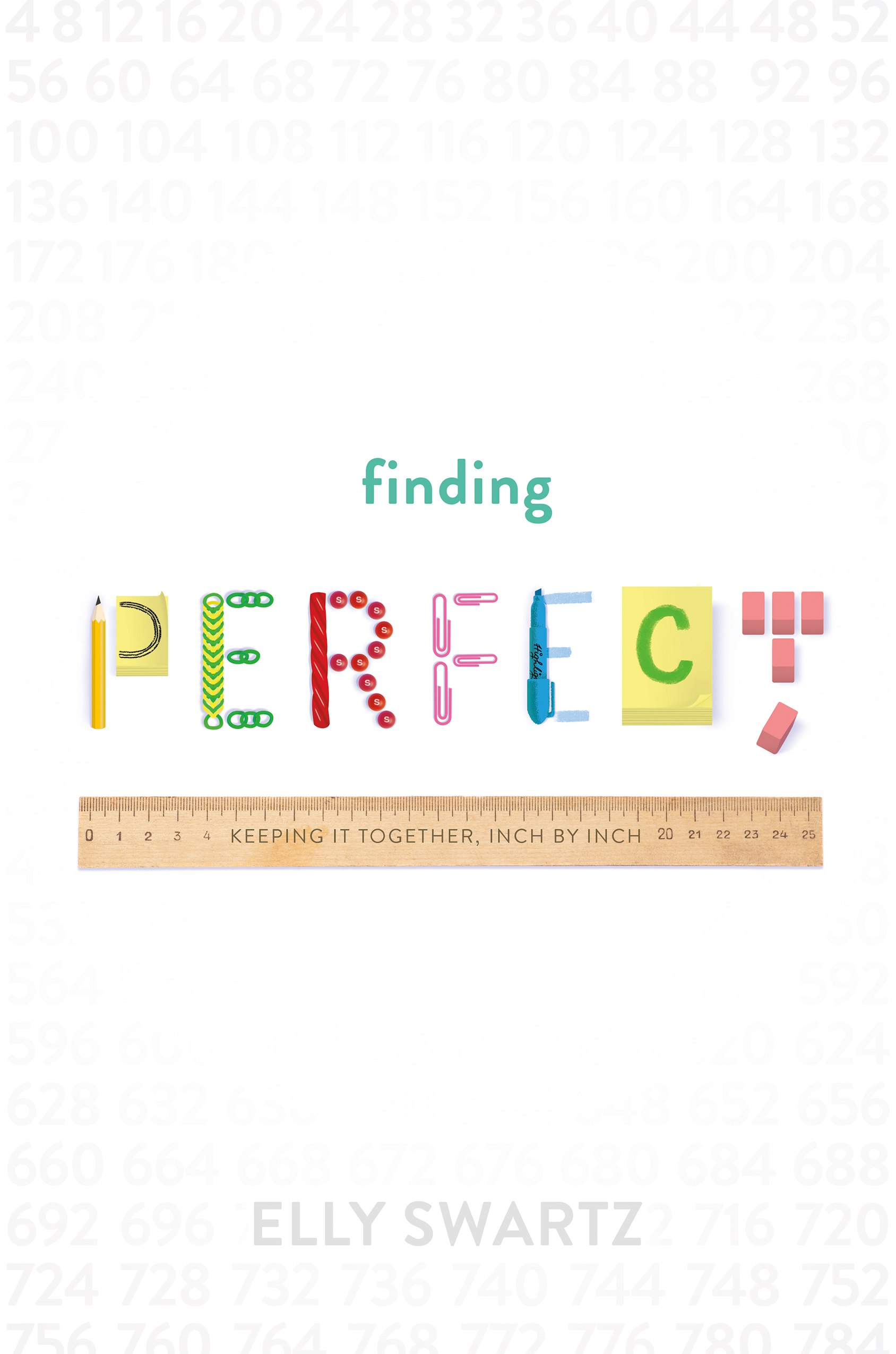



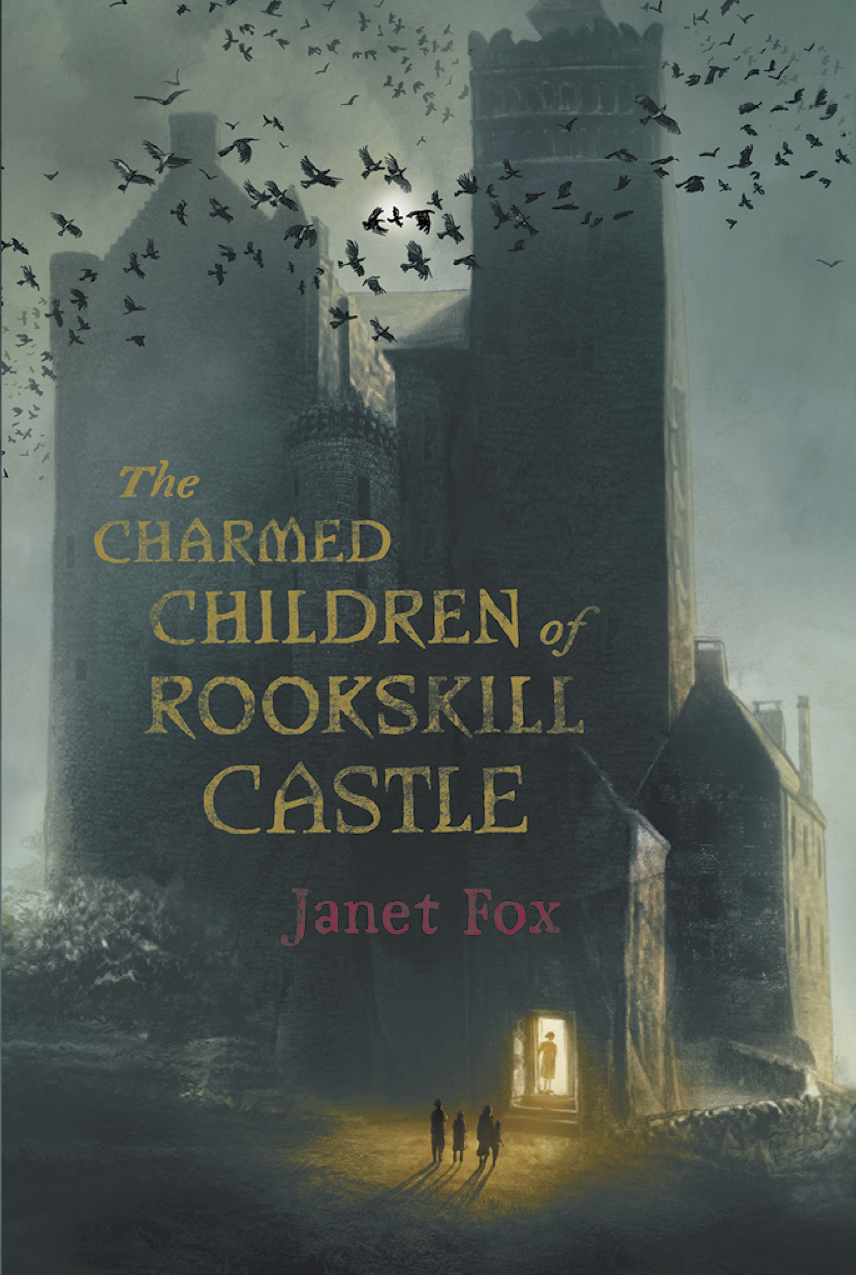
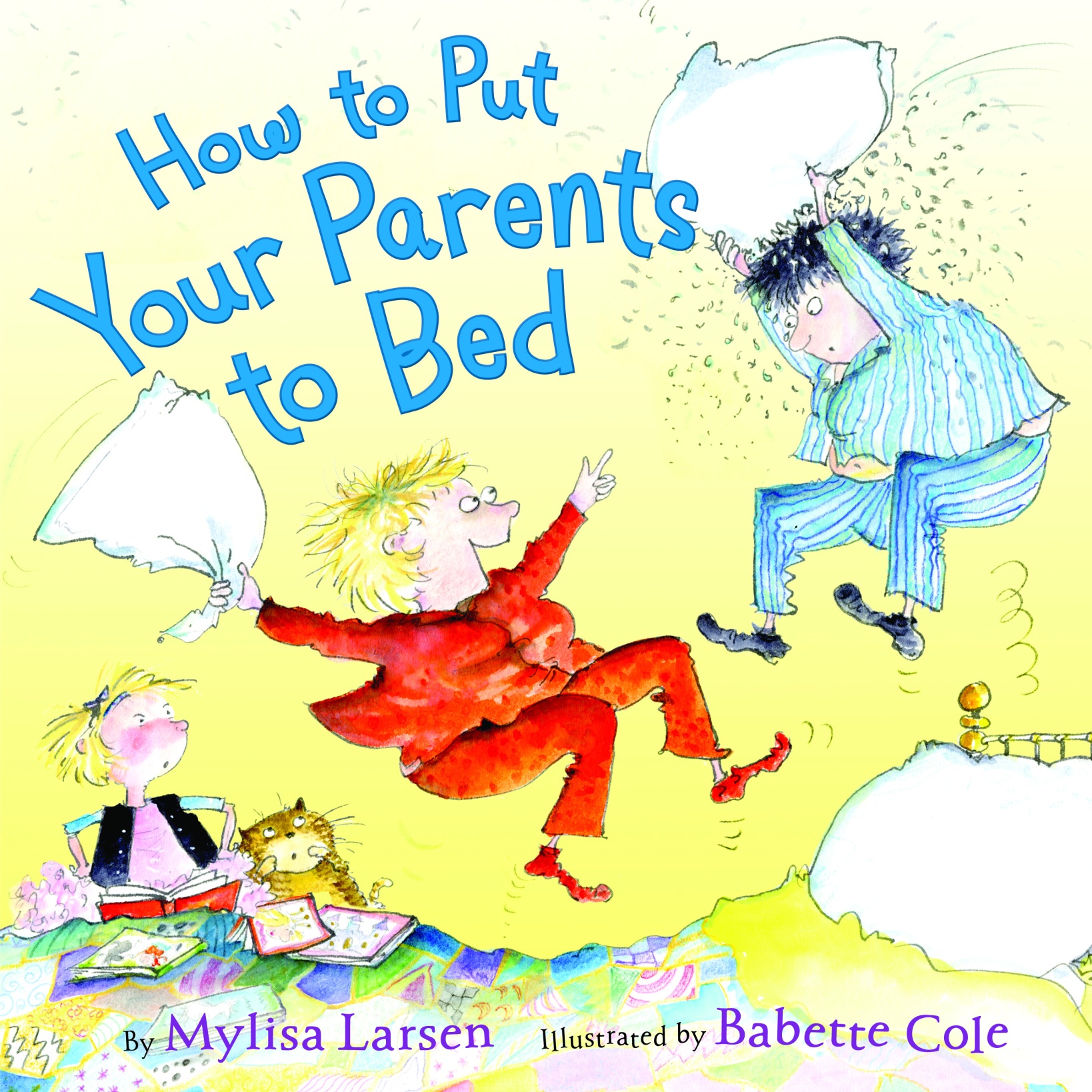



Great analogy, Rebecca! I’m so glad that the computer isn’t the only location that writing takes place. It’s refreshing to be out on a walk and find that perfect word, sentence, or idea that moves a manuscript along.
LikeLike
This: “Then suddenly- FLASH! Inspiration hits, and we become unstuck. The seemingly dead project begins to send out shoots of hope. Spring has come, and the left half now has the words we need for our story to grow and flourish.” This always takes me by surprise. And before it comes I often become mired in the frustration of it not coming… It is so good to be reminded of how it really works, and to know–yup—that I am not alone! Thank you Rebecca!
LikeLike
Amazing to think that even when we’re “not thinking about” our story, it is still very much on our mind. Or brain.
LikeLike
Beautiful. Well done. Rebecca. And congratulations on the tulips. I know your manuscripts will be just as beautiful.
LikeLike
Perfect analogy (and beautiful tulips). I needed this today – I’m mulling in my garden, waiting for the planted seeds to peek through and give me some sense of what I’ve got. It always helps to know I’m not alone.
LikeLike
Great post, Rebecca. I’ve had this happen recently – will wake up and the words are flowing, the trouble comes when I go to write them down and suddenly they don’t want to move from my brain to the page. 😦
LikeLike
Trust that they’ll be there, in time. Keep showing up, and the words will come. I completely understand this frustration!
LikeLike
Absolutely beautiful post, and a brilliant analogy. In fact, I don’t think I’ve ever heard a more accurate one. Thank you!
LikeLike
Thanks, everyone, for your kind words.
LikeLike